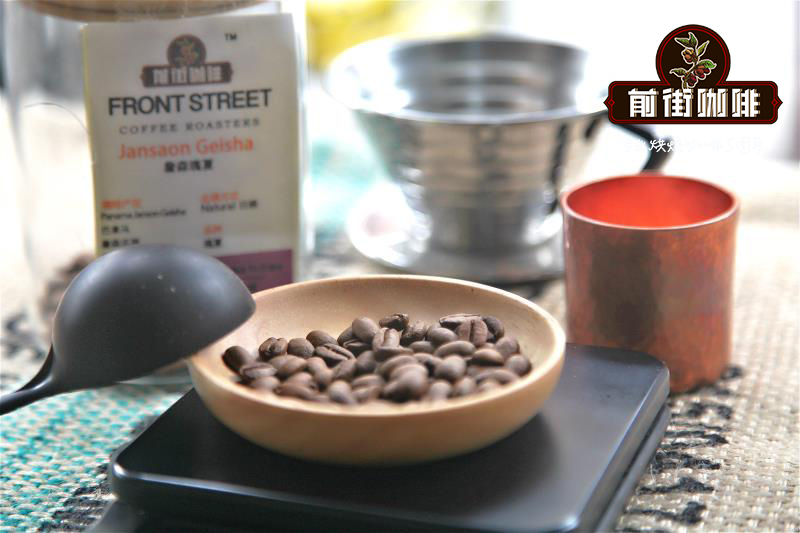What is the difference between two lakes, Shuangman and Shuangman Manning?

Professional coffee knowledge exchange More coffee bean information Please pay attention to coffee workshop (Weixin Official Accounts cafe_style)
1696-1699 years
The Dutch East India Company transplanted Ceylon's tin card to Java, opening the Indonesian coffee industry.
in 1835
Dutch merchant ships shipped iron-pickup saplings from Java (Java has the same name as a programming language, and the logo for this programming language is a coffee cup) to the west coast of Sumatra and the Mandenin Heights.
1880-1890 years
The Dutch replanted the more resistant Robusta species locally, but the Mandenin highlands were less affected and became the main production area of Indonesian iron pickups.
in 1888
Arabica began to be introduced to the cooler Lake Toba region of Northern Jiangsu Province, with saplings from the Mandaining Highlands. The Mandenin Highlands gradually became a Robusta region.
In Indonesia, there are rare micro-batches with almost zero defects. Toba Lake Nihuta District in Lindong is not only high in altitude but also the best in surrounding terroir conditions. The coffee planted is clean, and the flavor, sweetness and fruit are quite obvious. In addition, many hand-selected micro-batches (TP) make the aftertaste still clean after cooling down.
Sumatra's best coffee comes from two places: the Aceh region near Lake Tawar in northern Sumatra and the mountains surrounding Lake Toba in the south. Due to the large number of smallholder producers and their unique semi-washing methods and the iron deficiency of the soil, coffee beans in this area will have a distinctive blue color at the fresh green stage.
Sumatra Island is Indonesia's second largest island and the sixth largest island in the world. It covers an area of 470,000 square kilometers, thirteen times the size of Taiwan. It is divided into eight provinces, but only two provinces are heavily cultivated with coffee--Aceh Province and Subei Province. The most representative coffee producing areas in these two provinces are Lake Tawar in Aceh Province. The Gayo Mountain surrounding Lake Tawar is a coffee plantation of the indigenous Gayo People, a culture characterized by female farming and harvesting. Coffee is grown around Lake Toba in northern Jiangsu Province. This lake is very large and is the largest volcanic lake in the world. The famous producing area is Lintong producing area to the south of Lake Toba.
Under this semi-wet and semi-dry peeling water washing method, coffee farm machines remove the skin and pulp of red cherry fruits. Coffee beans still have a lot of mucus on them, and then they are stored in fermentation tanks for about one day (24 hours). When fermentation is completed, the attached mucus is easily washed away with water. Then sun drying to about 30% to 35% moisture content, remove the shell of coffee beans, you can get to the market. This semi-wet, semi-dry condition removes the outer shell of the coffee beans, which reveal a distinctive dark blue color. This treatment reduces the acidity and increases the body of the coffee, resulting in this characteristic Indonesian coffee.
Important Notice :
前街咖啡 FrontStreet Coffee has moved to new addredd:
FrontStreet Coffee Address: 315,Donghua East Road,GuangZhou
Tel:020 38364473
- Prev

Coffee extraction Italian coffee extraction standard coffee over-extraction
Professional coffee knowledge exchange more coffee bean information please pay attention to the coffee workshop (Wechat official account cafe_style) extraction may be the most important aspect of coffee brewing, but it is also one of the least understood by baristas. Extraction is everything. Without extraction, you can't even taste a cup of coffee. The simplest but not 100% accurate definition of coffee extraction: coffee extraction
- Next

Ghost tooth grinding bean what is ghost tooth grinding machine which brand is good
Professional coffee knowledge exchange more coffee bean information please pay attention to the coffee workshop (Wechat official account cafe_style) bean grinder can be divided into three categories: flat knife, cone knife and ghost teeth. Cone knife: the coffee bean is ground into particles by grinding, so its shape is mainly block. Flat knife: coffee beans are ground into particles by cutting, so its shape is mainly flaky. Ghost
Related
- Beginners will see the "Coffee pull flower" guide!
- What is the difference between ice blog purified milk and ordinary milk coffee?
- Why is the Philippines the largest producer of crops in Liberia?
- For coffee extraction, should the fine powder be retained?
- How does extracted espresso fill pressed powder? How much strength does it take to press the powder?
- How to make jasmine cold extract coffee? Is the jasmine + latte good?
- Will this little toy really make the coffee taste better? How does Lily Drip affect coffee extraction?
- Will the action of slapping the filter cup also affect coffee extraction?
- What's the difference between powder-to-water ratio and powder-to-liquid ratio?
- What is the Ethiopian local species? What does it have to do with Heirloom native species?

